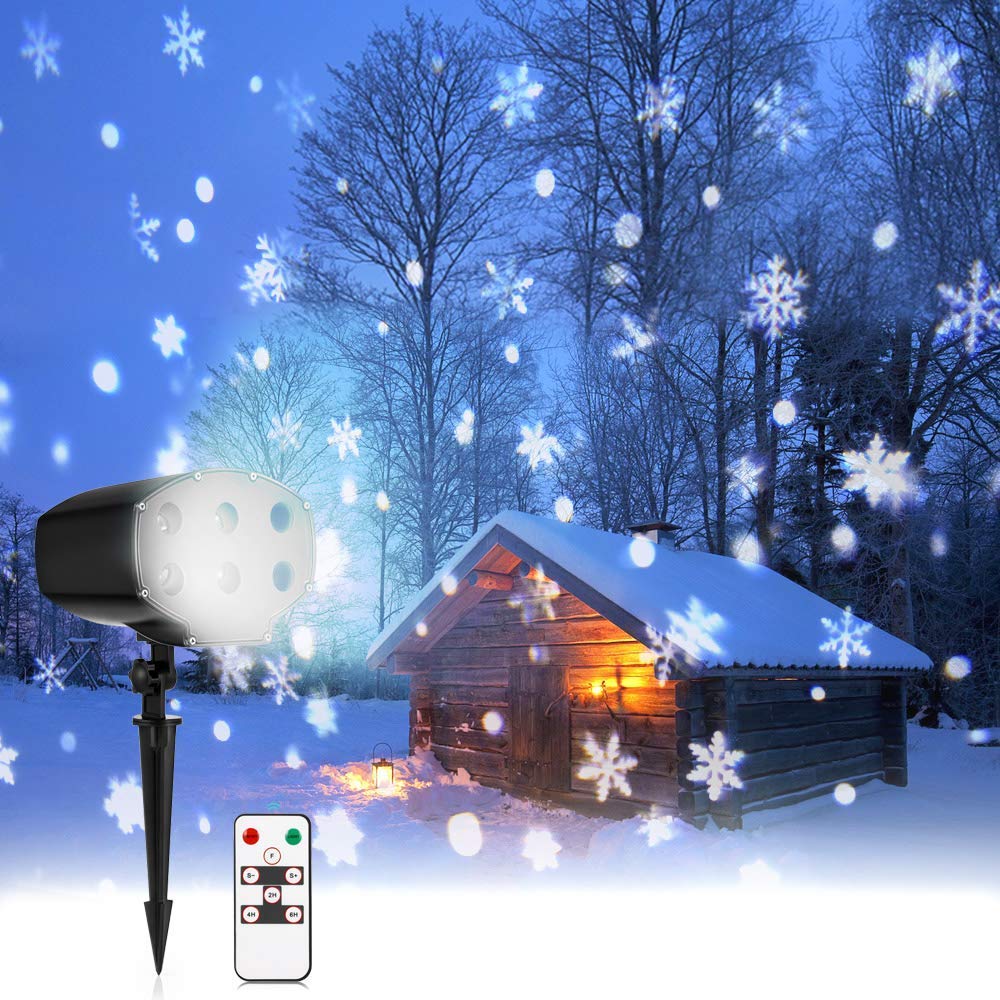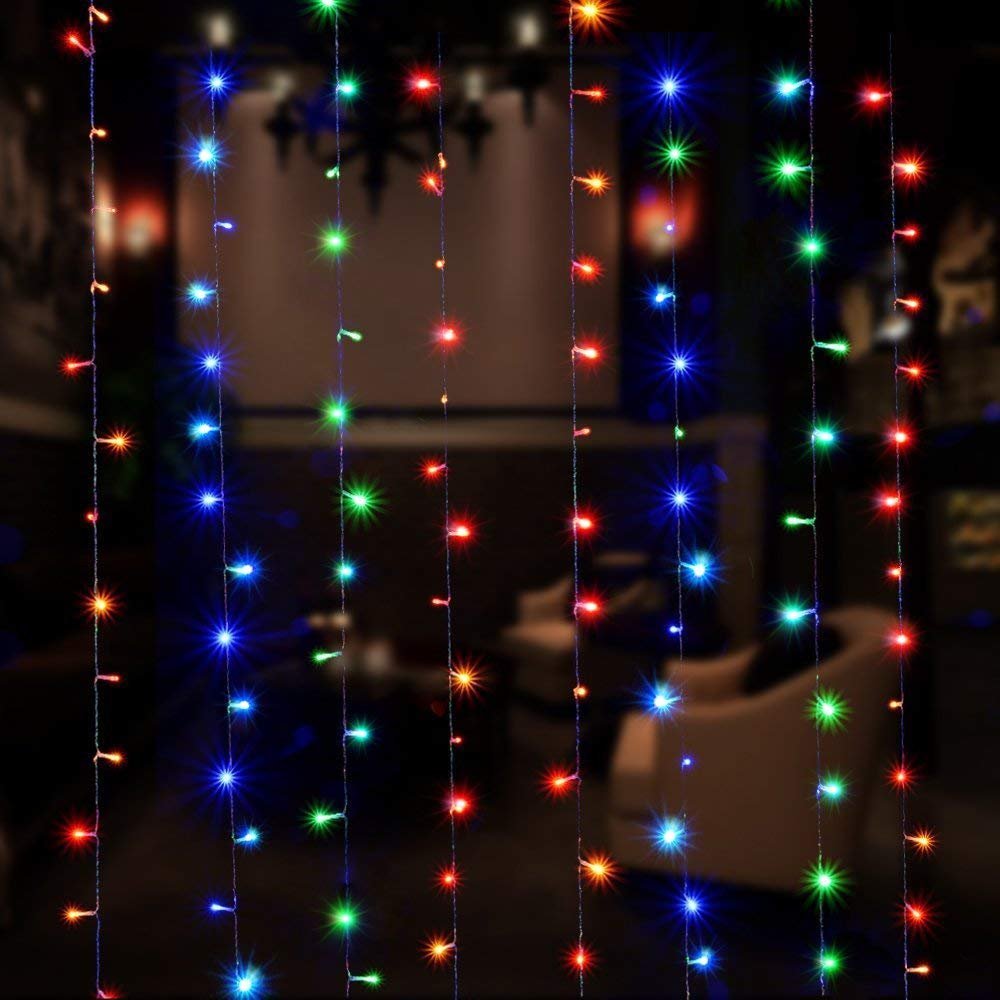Under the influence of the energy crisis in the international market, the world has gradually entered the “energy-saving era”. Countries have actively adopted legislation and government guidance to eliminate inefficient and energy-consuming products such as incandescent lamps and vigorously develop the LED lighting industry. Nowadays, under the dual promotion of the government and the market, LED lighting with the goal of environmental protection, energy saving and emission reduction is rapidly spreading in the field of public lighting, and actively penetrates into the commercial lighting, office lighting, and home lighting markets, which also promotes LED in the world. The share of the lighting field is constantly rising, quickly entering the era of LED lighting.
Expected growth in overseas home lighting market
Currently, LED penetration is rapidly increasing in the global market. According to estimates from global market research institutions, the output value of the LED lighting market in 2014 was 35.3 billion U.S. dollars, an increase of 47.8% over 2013. In 2014, the penetration rate of LED lighting will also increase to 32.7%, among which the most widely used bulb lamps and lamp tube penetration The rates reached 20% and 15%, respectively.
In the past, in the LED lighting market, due to higher prices and other reasons, the penetration rate of the civilian market has been low. With the improvement of LED lighting technology and the continuous decline in prices, governments of various countries have successively issued favorable policies such as the ban on incandescent lamps, and the highly anticipated civilian market has begun to truly open the door to the arrival of the LED era. According to foreign-funded UBS Securities, global LED lighting demand will increase by 60% in 2014, of which home lighting will grow the most, and next year it will increase by 90%, much higher than 37% for commercial use and 57% for industrial use. It is estimated that LED chip demand will grow by 25% next year.
In the international market, countries and regions around the world have currently launched plans to phase out incandescent lamps, including Europe, America, Japan, and China, which plan to completely phase out incandescent lamps within 2-3 years. Corresponding countries have formulated LED lighting promotion plans and related financial subsidy policies. These plans and policies will undoubtedly accelerate the popularity of LED lighting products. Successive energy conservation and emission reduction policies issued by various countries have become the key to stimulating the outbreak of the civilian market. Today’s support, subsidies, applications, and government procurement for LED lighting products have not only stimulated market demand to a large extent, but have also enabled related companies to move towards higher energy efficiency in terms of energy conservation and emission reduction in terms of research and development and operations.
The most successful implementation of the LED subsidy policy is the US and Canadian markets. As long as the LED lighting product applies for Energy Star certification, consumers can directly enjoy the subsidy price when purchasing. American LED maker Cree launched a 9.5-watt LED light bulb (replaces a 60-watt incandescent light bulb) this year, with a retail price of only $ 9.97, and more importantly, this light bulb has passed the ENERGY STAR certification. A subsidy of $ 5, which means that consumers can buy it for $ 4.97, which is equivalent to the price of energy-saving light bulbs (approximately $ 2-5), which greatly stimulates the use and penetration of local LED lighting products.









